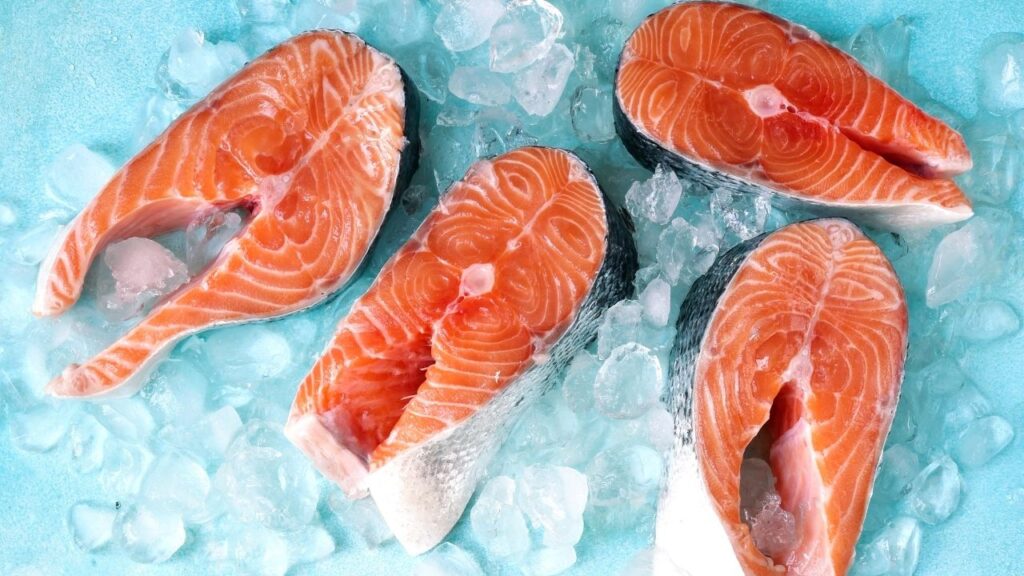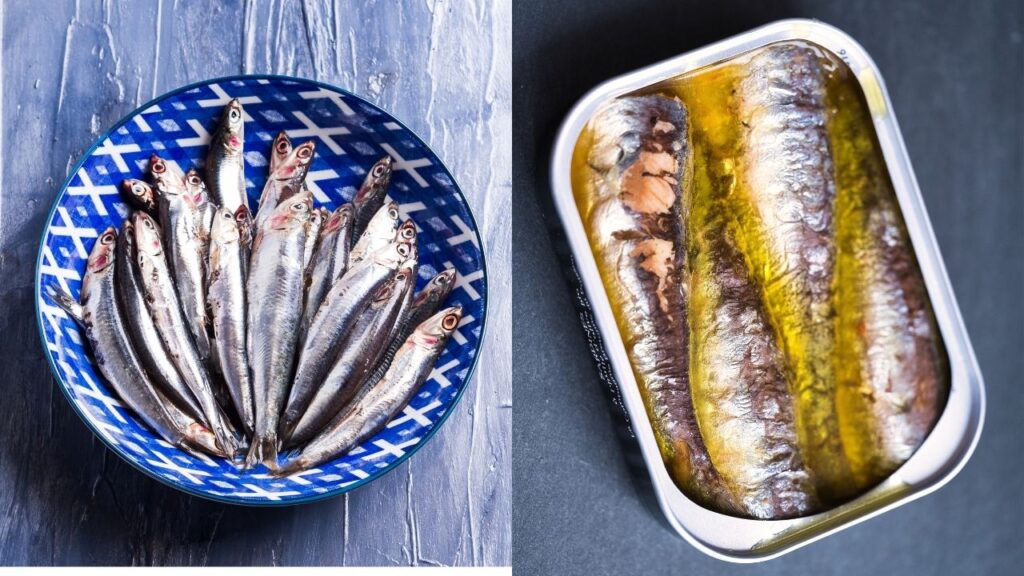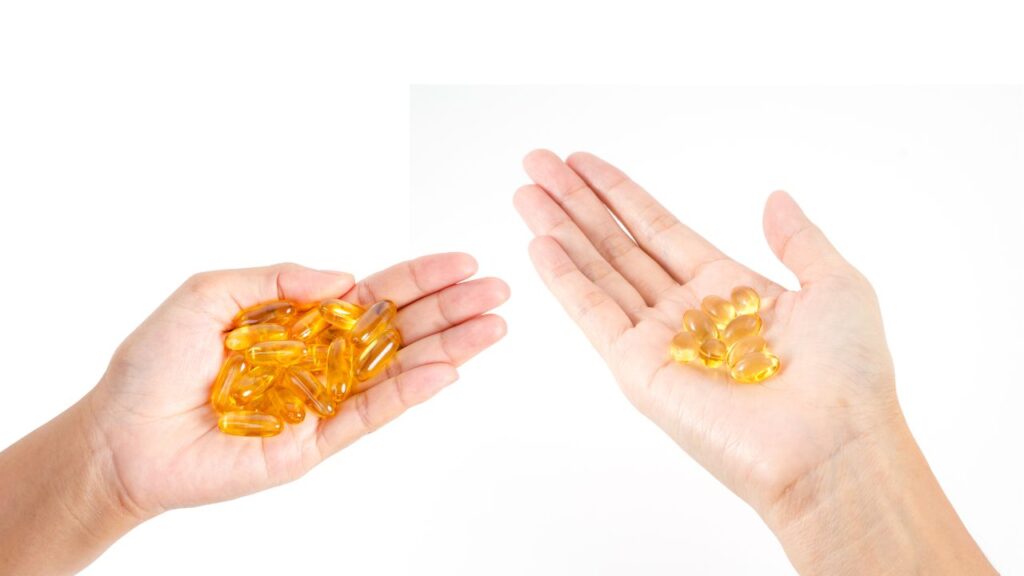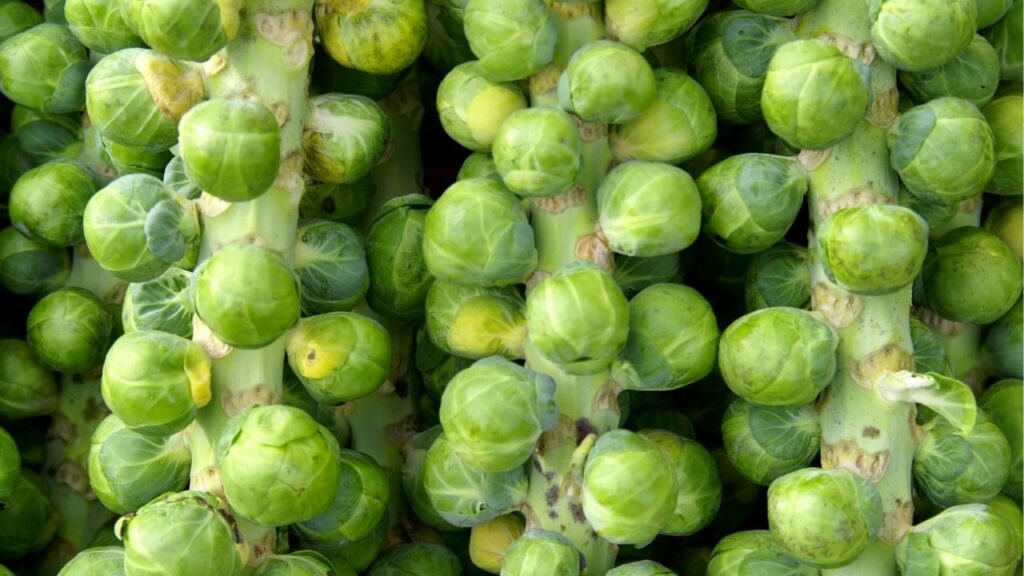Adding cooked fish to your dog’s diet in moderation is a great option to add omega-3 fatty acids. These fatty acids can decrease inflammation and protect against cancer in dogs. Be sure to cook the fish without additional oils and select a variety without high levels of mercury.
Key Takeaways
- Types of fish dogs can eat include anchovies, herring, salmon, sardines, whitefish, and cod.
- Dogs can eat cooked fish – and should!
- You can give your dog fish in small amounts as a treat, or as their primary protein source (about 40-45% of their total calories).
- Canned tuna is OK for dogs in small amounts. Choose products canned in water, and remember that tuna can accumulate heavy metals like mercury.
Fish for Dogs: Yum.
Fish is a common protein source in dog food, especially in diets aimed toward skin health. Fish is a less common food allergen in dogs with food sensitivities.
Fish is a great source of lean protein and omega-3 fatty acids. Omega-3 fatty acids are known to decrease inflammation, protect against a variety of diseases, and can be useful nutritional therapy for cancer.2,4
To get the most benefit from a fish-based diet, choose a fish that is high in omega-3 fatty acids and low in heavy metals. Heavy metal toxicity occurs in fish who have longer life spans and can vary based on location and other environmental factors.
The FDA monitors heavy metals in fish so keeping up to date on their website will help you stay informed.10 Some good choices that are high in fatty acids, low in mercury, and safe for dogs to eat are:9
- Anchovies
- Herring
- Salmon
- Sardines
- Whitefish
- Cod
Fish can be found in grocery stores, fish markets, or from online specialty seafood sources for direct ordering.
Fish can be fresh, frozen or canned. Fish in the grocery store or fish market that is not close to a port most often has been previously frozen and thawed before sale and should be cooked within 1-2 days of purchase. Fresh fish should also be eaten within a few days.
Frozen fish or canned fish can be stored longer before eating.
It is best to avoid feeding your dog fish that has been canned in oil, canned fish with high salt content, uncooked fish, fish with bones, or fried fish as these all have potential to cause health problems.
Is Fish Good for Dogs?
Fish has several benefits for dogs.
The benefit of feeding fish relies on the bounty of fatty acids and vitamins and minerals it provides. Fish is rich in:14
- vitamin D
- vitamin B12
- phosphorus
- iron
- zinc
- iodine
- magnesium
- potassium
- protein
These are all important parts of a balanced diet that supports overall health.
Fish oil has omega-3 fatty acids comprised of DHA and EPA which are vital to cellular, immune, heart, and brain function. DHA and EPA are not produced biologically in humans or dogs; instead they must be provided by the food, and fish is an excellent source for them!2
In humans, omega-3 fatty acids have been shown to lower blood pressure and reduce risk of sudden death, heart attack, abnormal heart rhythms, and stroke. There is also evidence that they may be beneficial for mental and neurological health.2
There is a great deal of research in humans suggesting a diet high in fatty acids may protect against cancer and reduce the risk of heart disease. For example, the Mediterranean diet in humans which is high in fatty acids from fish has evidence of reducing the risk of cancer.12
Another article found that a 20g increase in fish consumption per day was associated with a 2% reduced risk of GI cancers.5
As dogs and humans have many similarities, these health benefits likely apply to our dogs.
When to Not Give Your Dog Fish
In general feeding fish is very safe, but as with all things it should be done in moderation to avoid gastrointestinal upset.
- If your dog has a history of fish allergies, do not feed any fish products.
- Do not feed raw fish, fish with bones, or fish high in mercury (see above).
- Avoid feeding fish that is canned in oil or fried as it can cause stomach upset.
- Remember that fish is high in good fatty acids but if your dog is not tolerant of higher fat foods due to gastrointestinal disease such as pancreatitis be cautious with feeding large amounts of fish.
- There are also some fish (tuna, mahi-mahi, mackerel) that are considered high histamine and if spoiled can cause histamine toxicity.13 If your dog has mast cell cancer you may want to avoid high histamine foods.
- If you are located in the Pacific Northwest, it is imperative you do not feed your dog uncooked salmon from the region as it can contain a bacterium that causes significant illness (Salmon poisoning disease or Elokomin fluke fever).7
Can Dogs Eat Raw Fish?
Dogs should not eat raw fish. Dogs with cancer are immunocompromised and may be more susceptible to infections from fish contaminated with parasites or bacteria. Always cook fish through before feeding it to your dog.1
Cooking fish for your dog is quite simple. Poaching it in a small amount of water or baking it in the oven is the best way to prepare it without adding additional oils. The length of time to cook the fish will vary depending on the type and thickness.
If the fish still has the skin on, remove this before feeding it to your dog. Make sure all bones are removed before feeding as well.
When feeding your dog fish supplementally (as a treat), just make sure the kilocalories fed are no more than ten percent of the total kilocalories your dog eats each day.
You can find the kilocalories per cup or can of your dog’s food on the back of the bag, can, or on the company’s website. If you can’t find it, you can always call the company or your veterinarian for assistance.
If fish is being fed as the main protein source, the general rule is to feed a diet that has protein at 40-45% of total calories. Please make sure you have created a complete and balanced diet with the assistance of a veterinarian!
The Best Fish for Dogs
Wild caught fish tend to have slightly lower saturated fats while farmed fish have slightly higher omega-3 fatty acids.7
Remember that fresh fish must be cooked within 1-2 days. Frozen fish allows for easier storage and can be thawed the same day.
One must also consider the environmental impact of eating fish as overfishing, pollution from fish farming, and the impact on other sea life are all considerations.3 The Monterey Aquarium has good information to learn more about this: https://www.seafoodwatch.org/seafood-basics/what-is-sustainable-seafood.
- Selecting and serving fresh and frozen seafood safely. U.S. Food and Drug Administration. https://www.fda.gov/food/buy-store-serve-safe-food/selecting-and-serving-fresh-and-frozen-seafood-safely. Published November 15, 2022. Accessed April 17, 2023.
- Health benefits of fish. Washington State Department of Health. https://doh.wa.gov/community-and-environment/food/fish/health-benefits#:~:text=Fish%20is%20filled%20with%20omega,part%20of%20a%20healthy%20diet. Accessed January 7, 2023.
- Understanding Sustainable Seafood. National Oceanic and Atmospheric Administration. https://www.fisheries.noaa.gov/insight/understanding-sustainable-seafood. Accessed April 17, 2023.
- Fish and omega-3 fatty acids. Cancer Council NSW. https://www.cancercouncil.com.au/cancer-prevention/diet-exercise/nutrition-and-diet/fish-and-omega-3-fatty-acids/#:~:text=Does%20eating%20fish%20reduce%20the,against%20liver%20and%20bowel%20cancers. Published June 30, 2022. Accessed January 7, 2023.
- Yu XF, Zou J, Dong J. Fish consumption and risk of gastrointestinal cancers: a meta-analysis of cohort studies. World J Gastroenterol. 2014;20(41):15398-15412. doi:10.3748/wjg.v20.i41.15398
- Center KRN. Wild caught vs. farm raised seafood. College of Health and Human Sciences. https://chhs.source.colostate.edu/wild-caught-vs-farm-raised-seafood/#:~:text=Fish%20in%20the%20wild%20eat,can%20be%20higher%20in%20contaminants. Published February 27, 2020. Accessed January 7, 2023.
- Rikihisa Y. Salmon poisoning disease and Elokomin Fluke fever in dogs – dog owners. Merck Veterinary Manual. https://www.merckvetmanual.com/dog-owners/disorders-affecting-multiple-body-systems-of-dogs/salmon-poisoning-disease-and-elokomin-fluke-fever-in-dogs. Published December 13, 2022. Accessed January 7, 2023.
- Mueller RS, Olivry T, Prélaud P. Critically appraised topic on adverse food reactions of companion animals (2): common food allergen sources in dogs and cats. BMC Vet Res. 2016;12:9. Published 2016 Jan 12. doi:10.1186/s12917-016-0633-8
- What seafood is highest omega-3s? • Seafood Nutrition Partnership. Seafood Nutrition Partnership. https://www.seafoodnutrition.org/seafood-101/nutrition/what-seafood-is-highest-omega-3s/. Published September 9, 2022. Accessed January 7, 2023.
- Center for Food Safety and Applied Nutrition. Mercury levels in commercial fish and shellfish (1990-2012). U.S. Food and Drug Administration. https://www.fda.gov/food/environmental-contaminants-food/mercury-levels-commercial-fish-and-shellfish-1990-2012. Accessed January 7, 2023.
- U.S. Food and Drug Administration. FDA. https://www.fda.gov/media/102331. Accessed January 7, 2023.
- Mentella MC, Scaldaferri F, Ricci C, Gasbarrini A, Miggiano GAD. Cancer and Mediterranean Diet: A Review. Nutrients. 2019;11(9):2059. Published 2019 Sep 2. doi:10.3390/nu11092059
- Fooddata Central Search Results. FoodData Central. https://fdc.nal.usda.gov/fdc-app.html. Accessed January 7, 2023.
- Taylor SL, Stratton JE, Nordlee JA. Histamine poisoning (scombroid fish poisoning): an allergy-like intoxication. J Toxicol Clin Toxicol. 1989;27(4-5):225-240. doi:10.3109/15563658908994420
Topics
Did You Find This Helpful? Share It with Your Pack!
Use the buttons to share what you learned on social media, download a PDF, print this out, or email it to your veterinarian.






